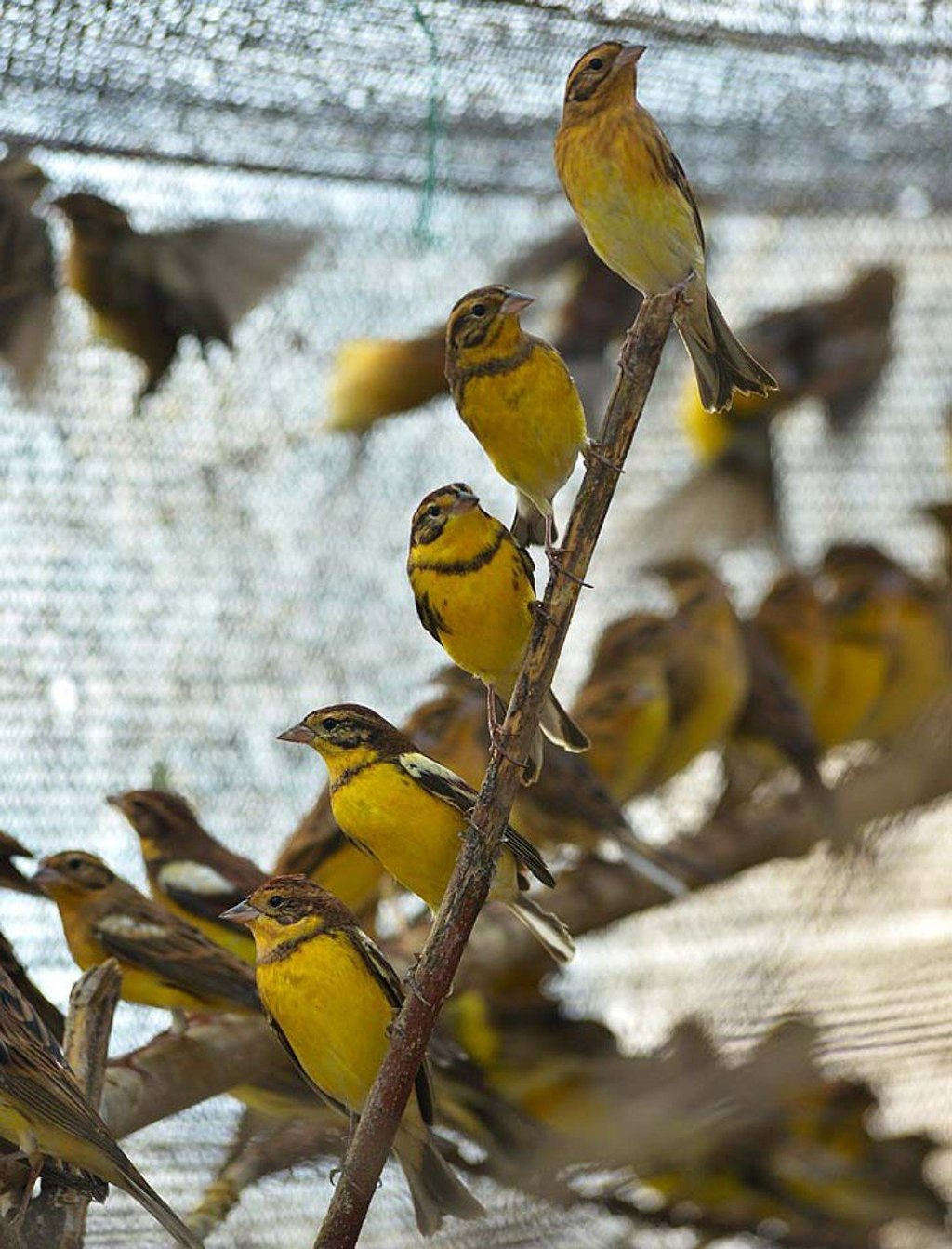The Chinese diners eating a rare songbird into extinction, and the conservationists fighting to save the yellow-breasted bunting
Known as the rice bird in southern China, where it is a luxury sought after by gourmets, the previously common yellow-breasted bunting was last year listed as critically endangered. Experts blame its rapid decline on illegal trade

A once common songbird, the yellow-breasted bunting was listed as critically endangered by the International Union for Conservation of Nature late last year. Shockingly, only 14 years ago it had still been categorised as a “species of least concern”.
The population is estimated to have plummeted by 90 per cent since 1980, and experts suspect the reason for the rapid decline in numbers of the bird, once seen widely in Hong Kong, is its popularity as a delicacy among diners in southern China.
Efforts by the Hong Kong Bird Watching Society, and an international network of academics, environmentalists and bird watchers, may well prove crucial in saving the migratory species from extinction.
Its traditional range covers a huge geographical area. Its breeding grounds are spread across northern Russia, as far east as Japan and, until recently, as far west as Finland. Each year, it migrates south through China. Some stay in the country for the winter, while others journey on to Southeast Asia.
“Currently, we have little idea precisely where the yellow-breasted buntings go,” says Wieland Heim, an expert in bird migration ecology at the University of Münster in Germany. “Pinpointing exact locations and mapping migration routes will help analyse the causes of this extreme decline.”

In a bid to save the bird, Heim and a team of volunteers travel annually to wetlands in Muravioka Park, in the far east of Russia, to monitor the yellow-breasted buntings breeding.